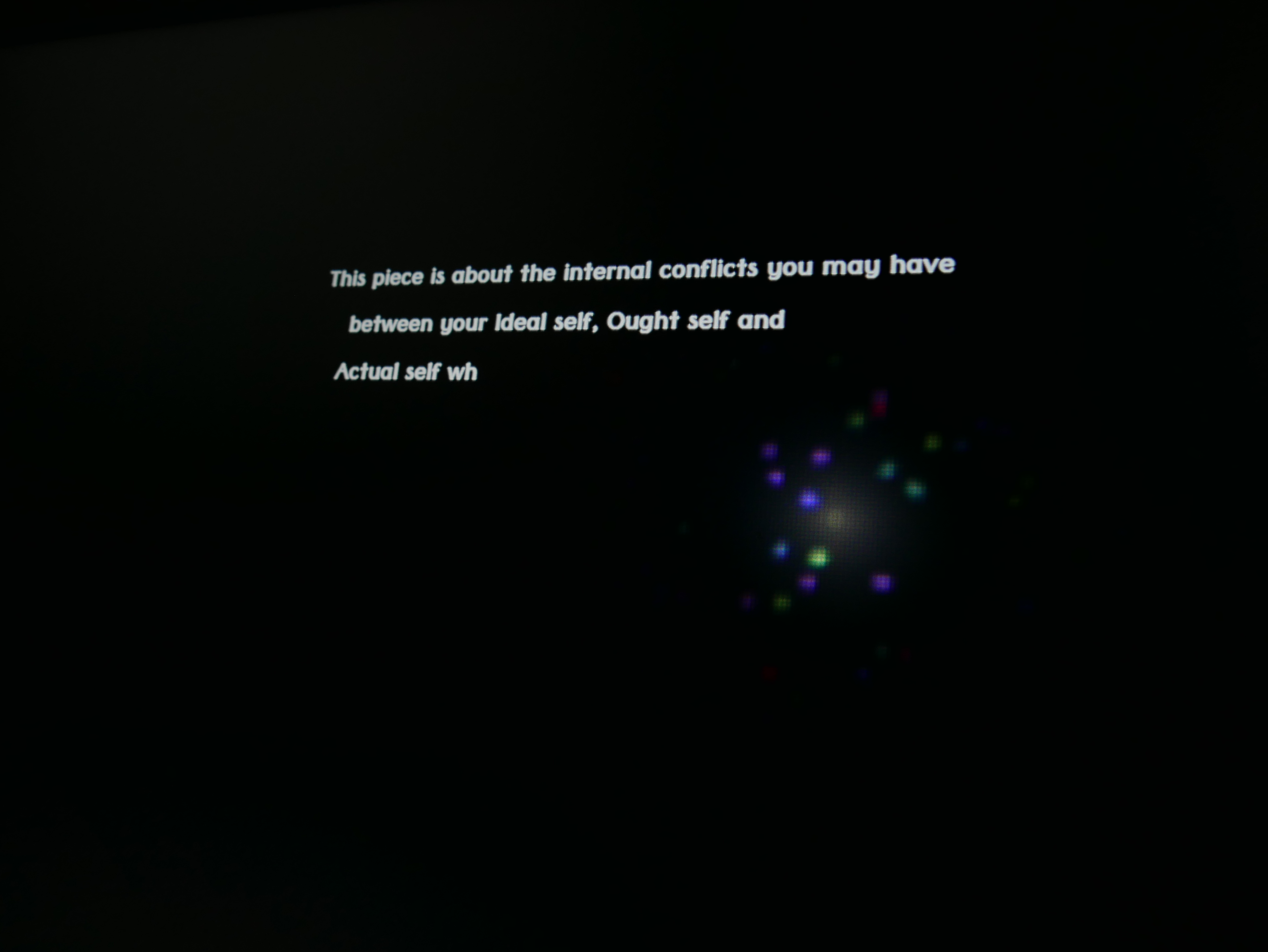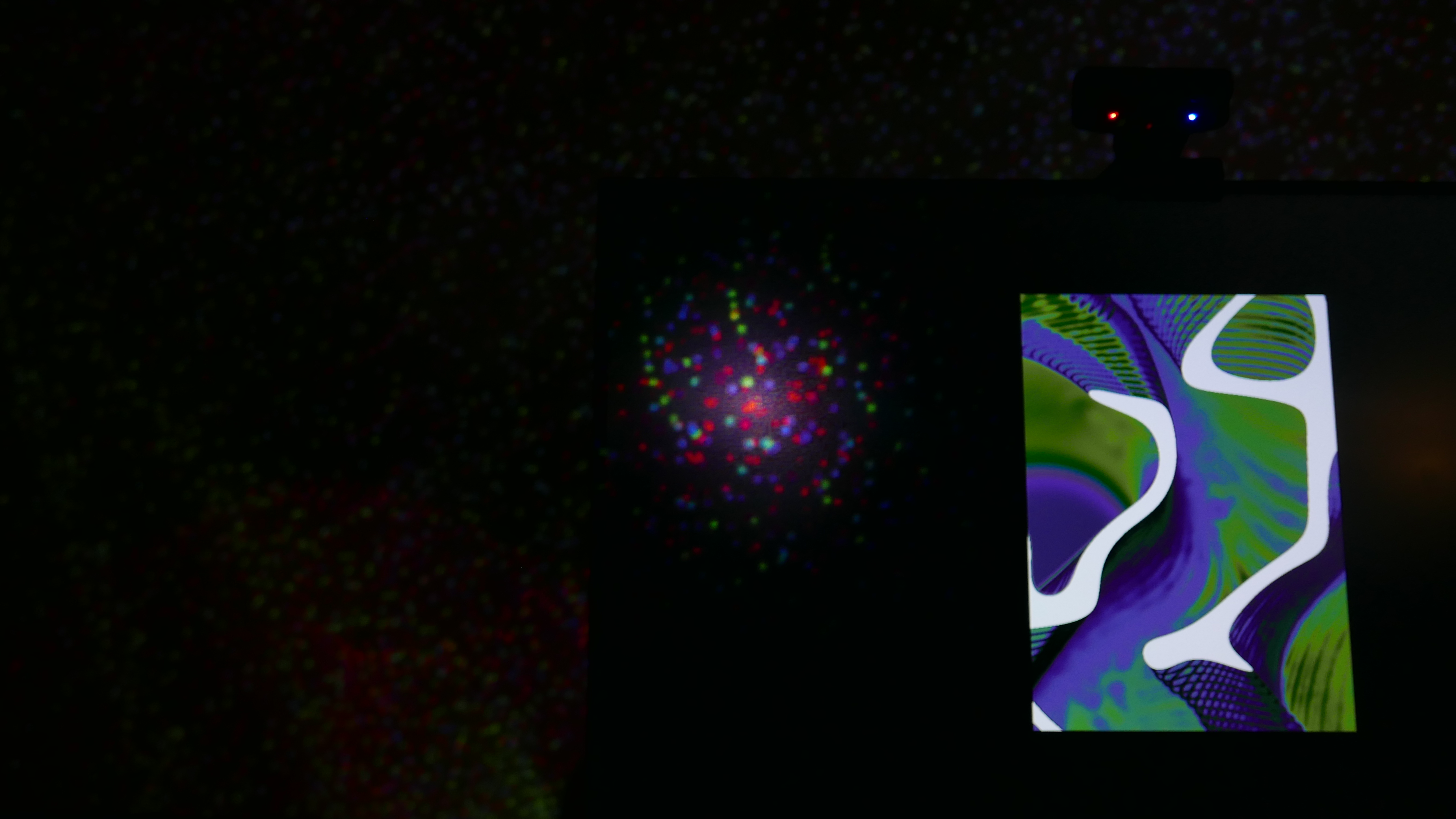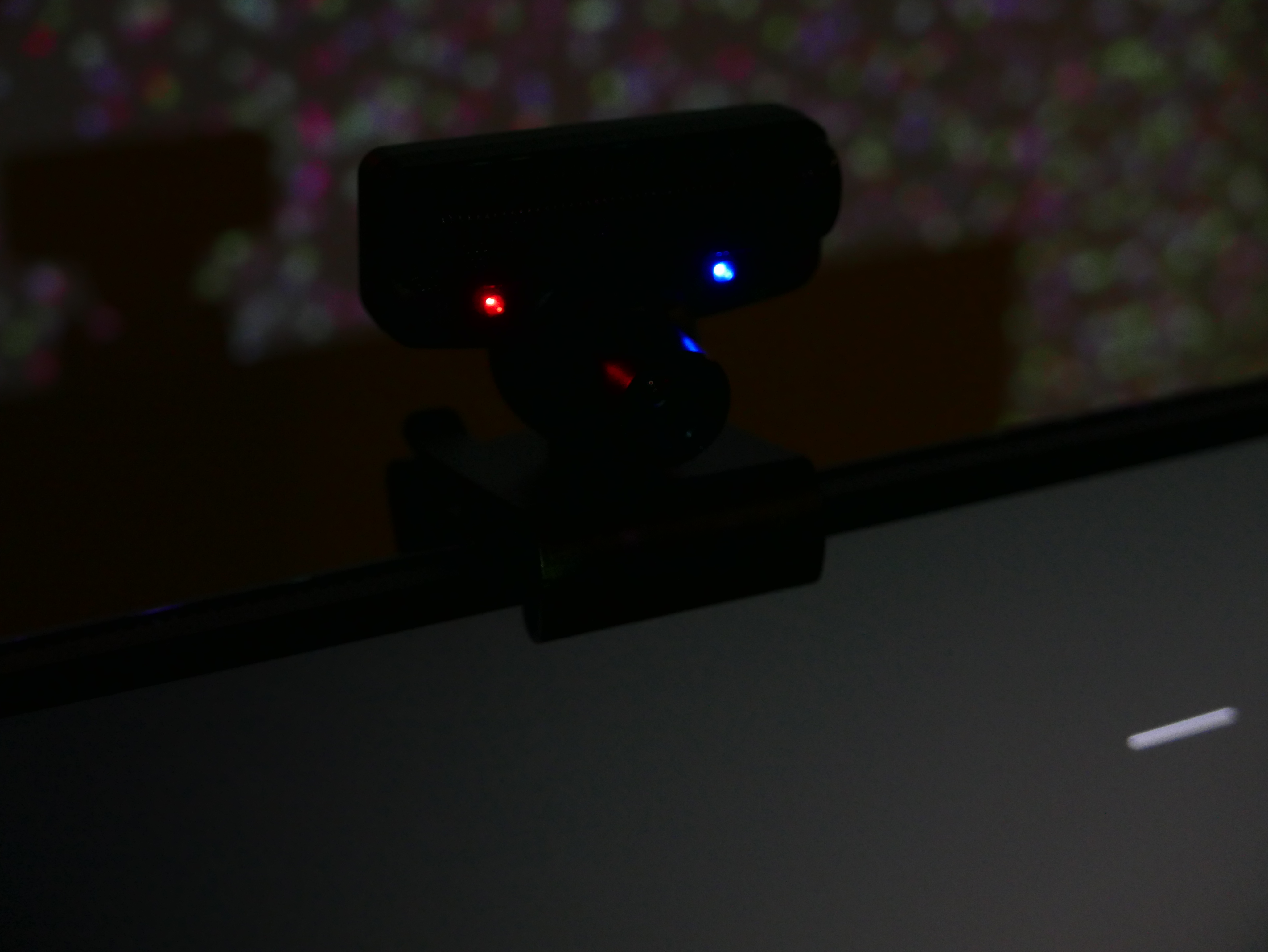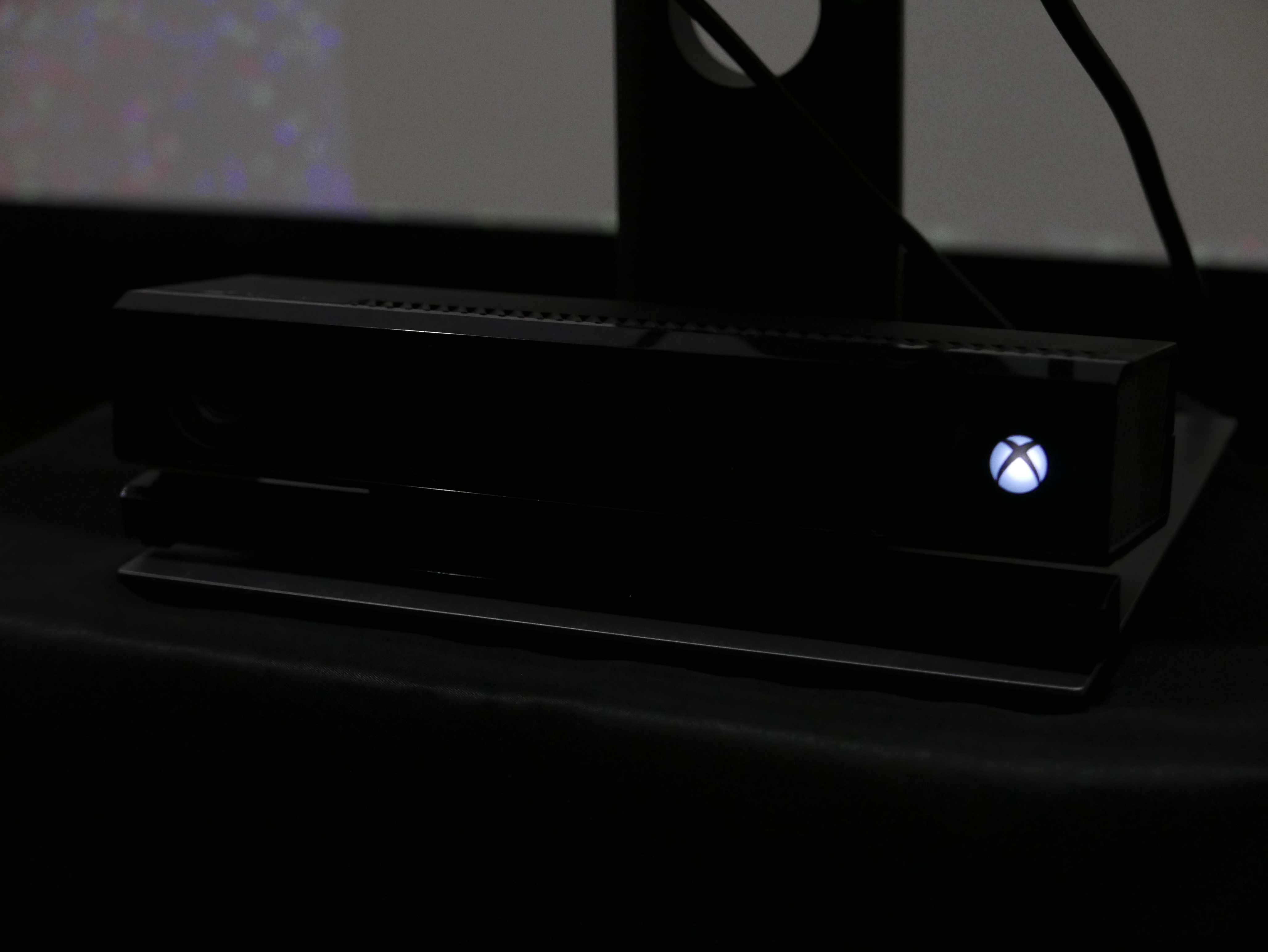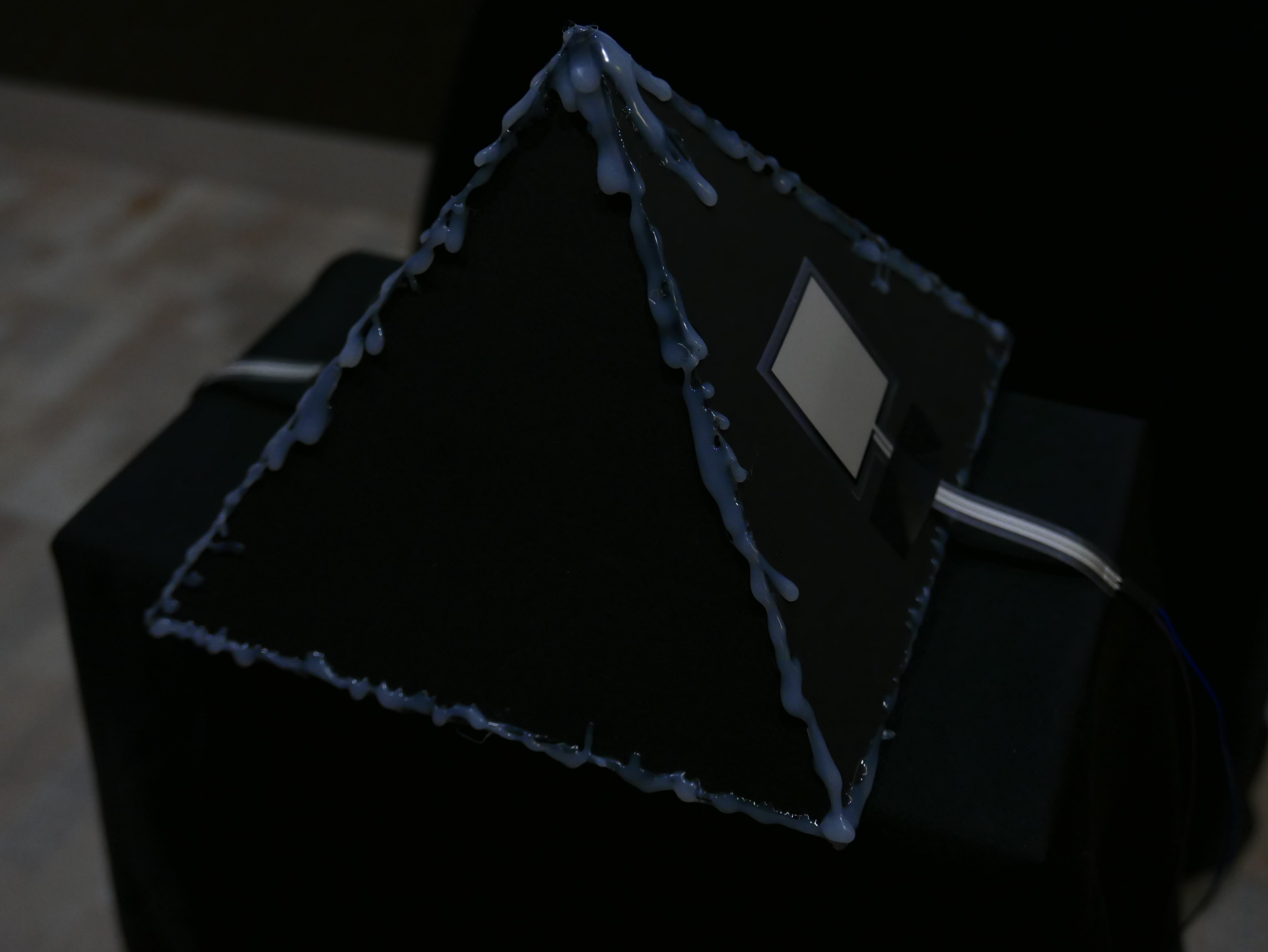Reconciliation
Reconciliation is an interactive installation that recognizes the inner conflicts arising from the process of building one’s stable and solid personality and explores the tangled relationship among the different selves within a person. The work gives the audience an opportunity to face the confusion and confrontation that inevitably hinder the development of understanding who you really are and who you want to be as to realize the importance of reconciling yourself to overcome these hurdles.
produced by: Yue Chen
Introduction
Have you ever felt compelled and stressed about being aligned with external expectations and norms from your family, friends, or society as a whole? This is a question that I have always been asking and facing myself persistently and it lately seems to have become more than a burden that slowed down and nearly stopped the pace of my progress. Worst of all, different types of negative emotions emerge from realizing the disparity between the current state of myself and those internalized different standards of self-representations.
Thus, it comes the birth of Reconciliation where the process of creating its form and experience is treated as an opportunity for a unique personal expression and emotional outpouring but also a passage for the audience to soak themselves into the narrative to perceive each “self” both individually and collectively with dedicated visual interpretations and interactions. The work identifies the probability where it would not resonate with everyone’s life experience since some may not have either experienced or realized these conflicts, and thus, the goal remains primarily the exposure of such internal conflicts to the audience in a rather interesting and engaging way.
With all that said, Reconciliation is embodied in the form of an immersive and meditative personal experience in which an audience is tempted to participate and follow along the artist’s journey from confronting each “self” directly towards developing a stronger understanding of what each “self” is as well as the underlying interrelationship among them. The entire experience creates a narrative that is broken down into multiple stages comprising interactive abstract and concrete visual elements where the audience is allowed to build an intimate communication with every presented image of the “self” through meaningful interactions.
Concept and background research
The concept for the work was originally rooted in the artist’s personal life experience where he persistently struggles with aligning with various surrounding expectations that came from the outside the world. Such endeavours have often led to a series of emotional discomforts taking into account the extent to which several self-concepts are inconsistent and away from each other. The artwork is thereby conceived and created as a “self-exploration” initially to allow him to look inside and share his story with the outside world.
Following the artist’s previous research in the area of self-identities, the project is inspired by several psychological theories around related concepts of the establishment of one’s identity and the “self”. Particularly, Edward Tory Higgin’s self-discrepancy theory lays a foundation for the creation of the visual language in the work as it provides the conceptual reference and interpretation as to the notion and interrelation among the “Actual”, “Ideal” and “Ought” self.
Specifically, the Self-discrepancy theory states that the individual self-concept consists of these three domains:
- Ideal self: the self that someone (yourself or someone else) wants you to be, which is focused on one’s hopes and aspirations.
- Ought self: the self that someone (yourself or someone else) believes you should possess, which is focused on responsibility and competence.
- Actual self: the self that someone (yourself or someone else) believes to have and be true.
According to Higgins, emotional vulnerabilities are caused by relationships among these different forms of self-beliefs, not by the content of the “Actual” self or any other individual self-belief. As individuals regularly compare their “Actual” self to the “Ideal” or “Ought” self, inconsistencies between your real, idealized, and obligated image of yourself are directly linked to mental and emotional distress. Higgins’s self-discrepancy theory also discusses in detail what specific emotions could derive from a variety of self-discrepancies according to the notion of a “Self-guide”, which is described as a measure of the extent to which one’s actual attributes match the attributes from either their “Ideal” or “Ought” self-representation. Common negative emotions that are associated with these discrepancies include disappointment, dissatisfaction, shame, unworthiness, anxiety, resentment, guilt, and uneasiness. The Self-discrepancy theory suggests that individuals are not conscious of their self-discrepancies, although such discrepancies could have an instinctive and unconscious impact on one’s social information processing, and thus many applications of the theory have focused largely on the understanding of what emotions would be evoked and why they are evoked for the sake of restoring psychological wellness. This goal happened to echo with the artist’s intention to invoke a heightened awareness of these internal conflicts among different selves as well as such resultant psychological reactions.
Resonating with the artist’s life stories, the work thereby structures a multi-layered narrative that demonstrates a personal interpretation of these different self-state representations and creates scenes where the audience could communicate with the self both individually and collectively. That said, the narrative created in this work is mainly composed of the scenes listed below:
Scene One – Ought Self
The first major scene where the audience is surrounded by countless streams of descriptive words that are often applied to the definition of the “Ought” self. The audience appears in the scene as a fuzzy silhouette and any interactions are reflected on screen by affecting how each descriptive word appears and moves around the audience.
Scene Two – Ideal Self
The second major scene where the “Ideal” self is presented to the audience in an abstract style, which is characterized by an endlessly floating matter which reshapes and moves forward in accordance with audience interactions.
Scene Three – Actual Self
The third major scene brings up the “Actual” self which conversely uses a rather concrete and representational visual language. The self is constituted of a grid of boxes to create a pixelated effect where each box represents a single attribute of yourself. In the meantime, another grid of boxes is created as the fake shadow of yourself that will only reveal through user interactions.
Scene Four – Interrelationship
The fourth major scene illustrates the interrelationship among three different selves within a person using a force simulation of a particle system.
Scene Five – Ending
The last major scene where previous visual interpretations of each self appear in their respective frame simultaneously.
Reconciliation draws inspiration from works such as Dominic Harris’s Four States which is an interactive artwork that expresses our dynamic relationship with the states of water. In the form of a triptych, the artist illustrates three phase states of water along with other optical and motional qualities while the audience is able to disrupt its natural balance through movements. Another inspirational artwork Lagunas created by Laura Colmenares, which is a fictional interactive triptych installation that exposes the scarcity of water on Earth through the perspective of a drowning man witnessing prehistoric landscapes. The piece constructs a triptych using three screens and mirrors, where three water valves are used as interactive devices to allow participants to influence the fiction in multiple ways such as triggering sound and image, controlling and changing orders of scenes. Lastly, Neuro Mirror created by Laurent Mignonneau and Christa Sommerer is also an interactive installation and its setup of the triptych offers some insights as to how to create an atmosphere that could invoke people’s reflections and thoughts on one’s image during the experience.
Aesthetically speaking, Reconciliation also adopts the form of a triptych. However, I was not able to gain access to three separate displays to physically realize the concept of a triptych. The workaround ends up using one single computer monitor that includes three independent virtual frames to composite the triptych.
Technical
The project is implemented using three software – openFrameworks, TouchDesigner and Arduino. The installation is divided into various scenes and is programmed using openFrameworks to achieve a fluent and smooth transition among all designed scenes. ofxSceneManager is the addon used specifically for this purpose as to program the structure of the narrative. Its functionality supports the creation of multiple scenes as well as the configuration for other important parameters such as the order, duration, drawing time and transition mode. Nevertheless, I had to implement new functionality by writing my own code into the existing addon, allowing each scene to be able to reset itself as well as to initiate certain hardware such as the KinectV2 at desirable moments, otherwise, the transition between each scene appear awkward to the audience and does not a have a fluent structure.
ofxPS3EyeGrabber is used to capture live image streams from the PS3Eye camera and its video frames are constantly transmitted to TouchDesigner using the ofxSyphon addon. In addition, the ofxPS3EyeGrabber addon runs in combination with ofxFaceTracker2, which detects whether an audience’s face has been detected. Once an audience’s face is detected, the installation would start from the first scene of the narrative.
Using openFrameworks, the installation also includes a few text-based introductory scenes that ask questions to induce thoughts from the audience about each presented self, whereas each virtual frame for the triptych is gradually generated simultaneously. The creation of the texts and frames are post-processed using a few shaders I wrote, which create a bloom effect.
The visuals for the Ought self are written using openFrameworks with custom classes and addons including ofxKinectV2, ofxCv, ofxOpenCv, while several parameters of the visuals such as speed, scale and alpha values are directly modified by values received from TouchDesigner using ofxOsc.
TouchDesigner is employed in this project for various purposes. First and foremost, it is used to create the visuals for three stages (scenes) that the audience would interact with: Ideal Self, Actual Self and the interrelationship among the three selves. The visuals for each are encapsulated in different Base COMPs which serve as containers for networks. The techniques I used for creating these different visuals are instancing, feedback loops with Feedback TOP and displace TOP and particle systems with multiple TOPs combined to create forces such as attraction. Secondly, it receives serial data from Arduino and processes the data to send to other networks inside TouchDesigner as well as openFrameworks through OSC protocol. In each Base COMP containing the visuals, the sensor data is retrieved using the Select CHOP and post-processed such as remapping to another range, smoothing out, and using ASDR envelopes to control different parameters and behaviours of each visual system.
As for Arduino, a simple sketch is written to receive values from two Force Sensitive Resistors (FSR) connected to an Arduino UNO board and attached to a special totem constructed in a pyramid structure, which symbolizes the unified relationship among the self-representations. Then, the sensor values simply get printed to the serial monitor while being sent to TouchDesigner.
Future development
In future, I believe an apparent natural extension of this project is to set up three independent screens to create the triptych physically. Secondly, I plan to use EEG brain activity signal data of the audience instead of using pressure data from their hands. This is due to the meditative nature of this project where the avoidance of hand movement interactions may largely improve the meditative and reflective atmosphere of the experience so that the audience would also actively become more concentrated and immersed in the narrative. In terms of the visual language, I am planning to learn more about TouchDesigner so that I could create more unique and engaging visuals for each “self” and their interrelationships solely within TouchDesigner, thereby reducing the amount of code and work inside openFrameworks.
Self-evaluation
Overall, I have achieved mostly what I initially set out to do for this project and therefore, I feel quite satisfied about how the project has turned out in the end. I’ve expanded my technical skillset greatly throughout the making process by getting increasingly familiar with C++ and using addons in openFrameworks as well as learn to use TouchDesigner to create unique visual representations. Unfortunately, the work was not able to be physically exhibited in the church because I was participating remotely. Due to this reason, I could not have many visitors to interact with my work and obtain valuable feedbacks. However, I personally feel that I should have been more thoughtful on some decisions about the setup, hardware and interaction method used in this piece in the early stage so that I could explore and experiment with different things and ideas timely.
References
Theoretical references:
1. Higgins, E., 1987. Self-discrepancy: A theory relating self and affect. Psychological Review, 94(3), pp.319-340.
2. Ozgul, S., Heubeck, B., Ward, J. and Wilkinson, R., 2003. Self-discrepancies: measurement and relation to various negative affective states. Australian Journal of Psychology, 55(1), pp.56-62.
3. Marcussen, K., 2006. Identities, Self-Esteem, and Psychological Distress: An Application of Identity-Discrepancy Theory. Sociological Perspectives, 49(1), pp.1-24.
4. Moretti, M. and Tory Higgins, E., 1990. Relating self-discrepancy to self-esteem: The contribution of discrepancy beyond actual-self ratings. Journal of Experimental Social Psychology, 26(2), pp.108-123.
Inspirations:
1. 4 States Triptych by Dominic Harris: https://vimeo.com/141195114
2. Lagunas by Laura Colmenares Guerra: https://ulara.org/selected-work/lagunas
3. Neuro Mirror by Laurent Mignonneau and Christa Sommerer: http://www.interface.ufg.ac.at/christa-laurent/WORKS/artworks/NeuroMirror/NeuroMirror.html
Code:
1. ofxSceneManager: https://github.com/Iwanaka/ofxSceneManager
2. ofxAnimatable: https://github.com/armadillu/ofxAnimatable
3. ofxEasing: https://github.com/arturoc/ofxEasing
4. ofxKinectV2: https://github.com/ofTheo/ofxKinectV2
5. ofxOsc
6. ofxFaceTracker2: https://github.com/HalfdanJ/ofxFaceTracker2
7. ofxOpenCv
8. ofxCv: https://github.com/kylemcdonald/ofxCv
9. ofxGui
10. ofxSyphon: https://github.com/astellato/ofxSyphon
11. ofxPS3EyeGrabber: https://github.com/kylemcdonald/ofxCv
12. Week 15 code examples called oscReceive from Workshops in Creative Coding Term 2
Video tutorials:
1. TouchDesigner Tutorial – Organic Color Tunnel: https://www.youtube.com/watch?v=gHPrDMqOmJ0
2. Image Instancing – TouchDesigner Tutorial 26: https://www.youtube.com/watch?v=dCWUiyBYeho&t=953s
3. TouchDesigner – Particles system on TOPs. Part 1. Sources, attractors, and forces: https://www.youtube.com/watch?v=dCWUiyBYeho&t=953s
Forum posts and articles:
1. How to load text one letter by another?: https://forum.openframeworks.cc/t/how-to-load-text-one-letter-by-another/22552
2. Bloom: https://learnopengl.com/Advanced-Lighting/Bloom
3. openFrameworksでBloomエフェクト: https://qiita.com/sketchbooks99/items/09fca26b3e910aff049b
Music:
1. Painful Memories: https://www.fesliyanstudios.com/royalty-free-music/downloads-c/peaceful-and-relaxing-music/22































































